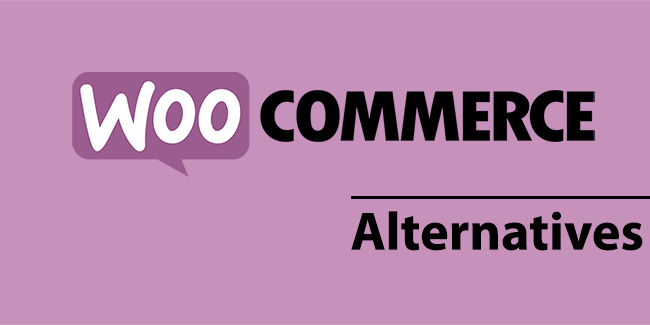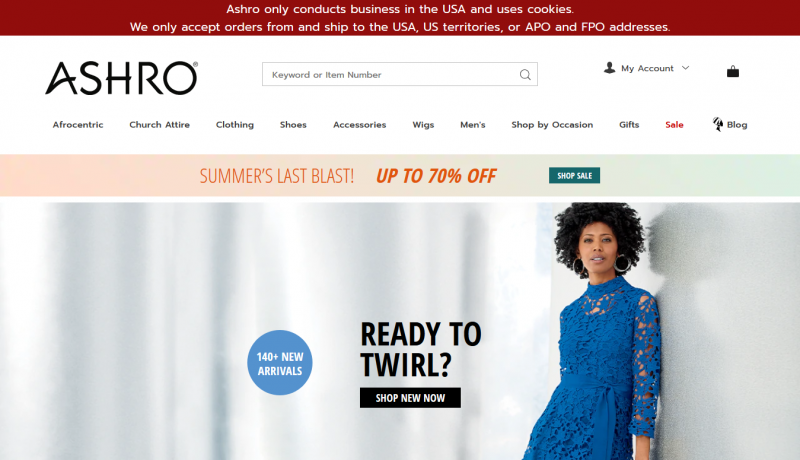4 Tactics to Secure Your Video Streaming Business

Online presence brings many benefits to a business, such as popularity among consumers, close relationships with them, and more revenue. But it also requires you to take security measures, especially when you produce original content for white label OTT platform. You would certainly want to protect your personal information as well as the user’s private data.
Cybercriminals always look for ways to compromise the privacy of your OTT video streaming service or disable it completely. As a business owner, you would want to ensure that your service is protected enough to prevent unauthorized access and revenue loss.
It is better to take security measures in advance as the results of a hack are usually revenue loss and additional expenses for mitigating its consequences. Let’s take a look at tactics that might help.
Four Tactics to Protect Your Video Streaming Business
#1 Digital Rights Management (DRM)
When you share your content with viewers for a reasonable fee, someone would likely think you are overcharging. They wouldn’t purchase access. Instead, they would rather copy your videos to spread them for free.
In this case, DRM can provide help. The main purpose of DRM is to protect your copyright holder’s rights and prevent unauthorized access and distribution of your content. DRM is essential for avoiding the spread of content via torrent websites and peer-to-peer exchanges.
It also allows content creators to set limitations on what people can and cannot do with their content. As a result, providers protect not only their content but also the work they put into its creation. The revenue is saved as DRM makes it impossible to steal or share videos illegally.
#2 Content Delivery Network (CDN)
A distributed denial-of-service (DDoS) attack is an intention to disable your service by sending a huge number of requests to your server. Malicious actors usually use large botnets to send millions of queries in a second. A server often cannot resist this number of requests and stops operating. As a result, the service is inaccessible, and you lose revenue and viewers.
A CDN can ensure that the attack doesn’t reach the origin server. It also can distribute the increased traffic across many servers or drop the requests from particular IP addresses reducing the load. CDN network solutions are designed to handle large amounts of traffic.
#3 Geographic restrictions
Geographic restrictions mean blocking access to viewers from particular locations. Some territories are known for high levels of piracy in the internet landscape. These are regions where people prefer not to purchase the content you produce. Instead, they steal to spread it for free. By blocking such countries, you secure your video streaming business.
#4 HTTPS
HTTPS helps you protect your video streaming service from the man-in-the-middle attack. In this case, cybercriminals use network vulnerabilities to steal data that is transferred directly to a viewer.
HTTPS delivery utilizes encryption so that a hacker gets an amount of nonsensical data. If you process sensitive data like credit card details, you should think about protecting data.
Final Thoughts
When you put a lot of effort and time into producing high-quality content, you likely want to get paid for that. The amount of revenue you generate half depends on the security measures you take. Here’s the list of four tactics for protecting your video streaming business. But there is more: password protection, watermarking, multi-factor authentication, and many others.
Ensure the security of your content and users’ data so that there are no leaks, you receive your revenue, and save the reputation of your brand.




